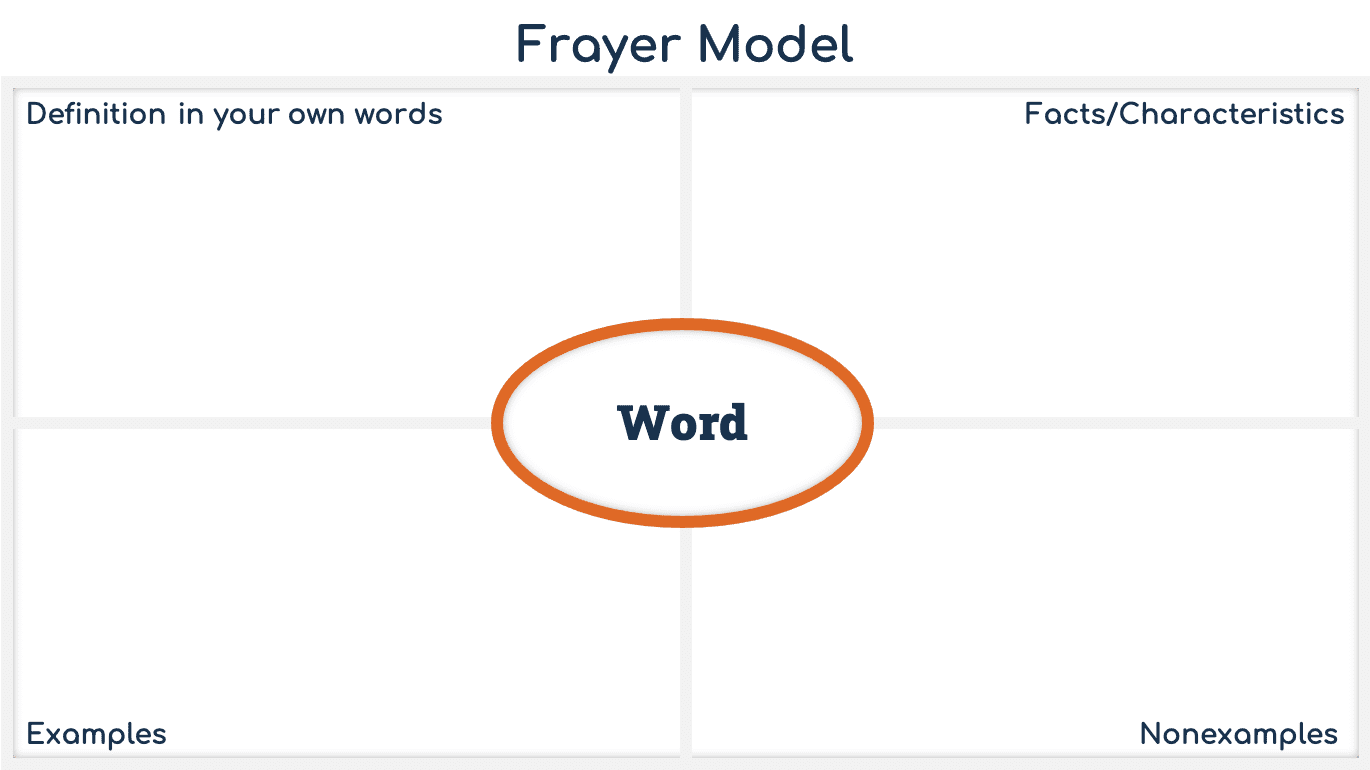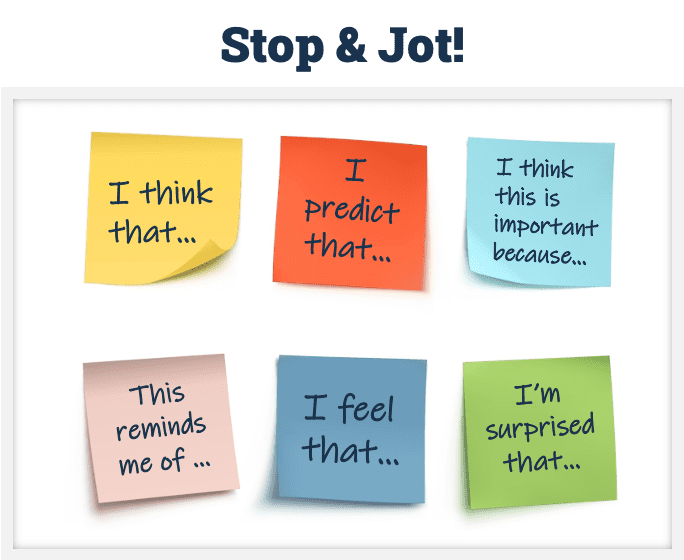Reading Comprehension
The ultimate goal of reading is to understand what you read and to think critically beyond the text. Quite often, parents contact us with concerns about their child’s inability to remember a story that they have read. These same children also tend to struggle with recalling experiences, working through a math word problem, reading between the lines, making connections, taking perspective- the list goes on and on. If this sounds familiar to you, you are certainly not alone! Read on to learn why this occurs and how you can help provide your child with strategies to move beyond the memorization phase!
Explicit Instruction is Top Priority!
Learners, struggling or not, need to receive direct instruction in reading comprehension strategies. Without this explicit piece, learners will commonly resort to memorization which then, thus, becomes a compensatory measure as they age.
Create Images

Concept imagery, the ability to create mental movies as one reads or listens, allows learners to see the meaning behind what they are reading and connect this imagery to recall and critical thinking skills thereafter. A key strategy to heightening cognizance around the imagery language connection is to teach learners how to filter their thoughts by verbalizing what they see in their minds’ eyes. Prompting them to use sensory-based language like, “I see…” or “I picture…” will solidify their realization that words create pictures and vice versa!
If a learner struggles with telling you what they see in his/her mind, an evidence-based strategy for bringing these pictures to a conscious level is by asking direct questions to develop visualization skills such as “What colors do you see in the background? What size and shape is the (insert main subject)?” and so forth. Once a learner has mastered the ability to connect imagery to text, then you can sprinkle this language into your daily routines such as, “What do you picture you would like to do this weekend?” “What do you picture happening next in the story?” The possibilities of sprinkling sensory-based language organically at home and in the classroom are endless!
Vocabulary
Learners must have a solid vocabulary foundation in order to apply imagery to what they hear or read. Research suggests that most learners establish a strong vocabulary base by reading volumes, therefore contextualizing unknown words for later reference.

If you wish to work on specific terms that are not as easy to understand based on the context, a tried and true method is the Frayer Model (image above). This method allows learners to dive deeper into the word itself. Regardless of the written strategy you use to develop a learner’s vocabulary, it is imperative to always keep in mind that if you can’t picture it, you can’t remember it!
Chunk it Out!
Most of us do best when we break information into parts, so that we can best understand the whole. With that, you can develop learners’ reading comprehension skills by breaking information into pieces, then building complexity and density as they show more independence. This can be done by isolating one word, a phrase, a sentence, multiple sentences, a simple paragraph, multiple paragraphs, a page, a chapter and so on. Please continue to keep in mind that you are strengthening your learners’ ability to create mental representations for each piece of information. This should be practiced when a learner both reads expressively (aloud and silent) and listens receptively to information so that they are best able to remember information orally and silently.

Once a learner is ready to apply written techniques to this chunking method, you can start to incorporate Stop and Jots! By definition, stop and jots utilize sticky notes and can include a few key words, a question, a connection, a main idea, and just about anything noteworthy that a learner wants to capture. The note then is placed on the specific correlated page and can either remain there as a study technique or removed to practice recall/retrieval.
What’s Next
Albert Einstein once said, “If I can’t picture it, I can’t understand it.” Utilizing imagery and the like as a core reading comprehension strategy will allow your learners to take concrete information to an abstract level, remember what they heard and read, and feel much more confident processing dense texts (as well as their own dreams and personal experiences!). As you might have noticed, reading comprehension is not the final step of the reading process. You guessed it- applying these strategies to critical thinking skills and written expression are the last tiers in the reading ladders which we will explore in an upcoming blog!











